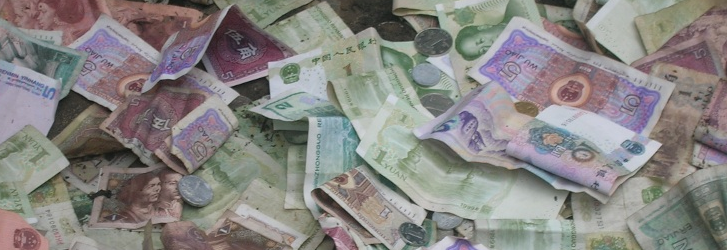Economy of Mongolia
Mongolian economic activities has traditionally based on livestock and agriculture. Mongolia also has some important extensive deposits like, coal, mineral, copper, tin, molybdenum gold and tungsten for industrial production. Mongolia was driven into deep recession at the time of the collapses of the Soviet Union but reform has been held back by the opposition and ex communist MPRP political instability brought some successive governments under the DUC. Due to the Asian financial crisis exports and public revenues were collapsed in 1998 to 1999. Mongolian economy also suffered in 1999 because temporary Russian ban on oil products and exports of oil. In 1997 Mongolia has joined world trade organization. According to 2013 data Mongolian economy has increased 11.7% due to an increase in mining. The rank of Mongolian GDP is 118th PPP and 136th nominal while on the other hand growth rate of Mongolian GDP is 7.9% according to the year of 2014. Only 8.3% unemployment rate in Mongolia as per the 2015; Mongolia has some main industries like, natural fiber and cashmere wool manufacturing, beverages and food processing of animal products, construction and construction material, coal, gold, tungsten mining and oil etc. these are the main industries which contribute in Mongolian economy.
Era of communist
There was political changes were made in 1990-91 at that time Mongolia made some efforts to develop a strong market economy but the efforts have disrupted and complicated by the deterioration of the economy of the former soviet union. In 1991, 80% of Mongolian trade was with the former Soviet Union and 15% with other council for mutual economic assistance countries. For medicine, fuel, power plants and spare parts for its factories Mongolia was heavily dependent upon the former Soviet Union. Mongolian industry primary market served by the former Soviet Union, but in 1980’s industrial sector of Mongolia became increasingly important. However country was export some large portion of products like mineral, animals and animal-derived products. Building materials, petroleum, cloth and machinery was principle imports of Mongolia.
Mongolian government begun to improve links with the west and non-communist Asia in the late 1980’s, in order to developed tourism in Mongolia. Despite many external trade difficulties Mongolia has continued to press privatization of small enterprises and shops in the 1990’s. Tax reforms also begun and in the same time large state enterprises privatization was begun. In the late 1991 official exchange rate and barter were unified.
Mongolian economic headwinds are creating by the external forces
In 2014 Mongolia has faced several challenged on the economic front but Mongolian economy expect to by seven percent in the same year. This is quite healthy but most of the growth has come from the mining sector which is assessed according to the first phase of the Oyu Tolgoi project. It is very necessary and important for the country is to address all these issues so that 2008-09 kind of recession can be avoid. General economic environment development is described by the interrelated micro-economic variables like, fiscal and inflation balance, the balance of payments etc. the trade policies of the governments is very harsh towards foreign investment, and sharp deterioration in Mongolia balance of payment are the two main factor which creating unfavorable term in the country. According to the bank of Mongolia, the terms of trade have remained weak and fluctuated for the last 2 years. Coal and copper is the major export commodities of the country which are declined during this period and are expected to remain for the foreseeable future. However Mongolian government and FDI have taken some critical policy decisions which have direct impact of falling export prices. The decisions which are taken by the FDI and Mongolian government significantly decrease the cost of selling coal to china and delays surrounding the construction of railway and Oyu Tolgoi project.
At the same time some unfriendly treatment whether it is specific project oriented decisions, tax issues and policy decisions, general micro-economic decision led foreign investor to downsize their exposure to the Mongolian economy. Because of unfriendly treatment Mongolian economic condition has suffered a lot as of October 2014. Because of sharp decrease in the financial account there is high pressure on the Togrog, and Mongolian currency to depreciate. Togrog depreciated by 13% in 2014 alone. Apart from this issue there is significant imbalance in the fiscal condition because of this country has widely and consistently missed the budget revenue target according to the 2012 data; in order to avoid weak term of trade Mongolia need to combined monetary and fiscal policy so unstable economic environment with limited room for policy operations.

